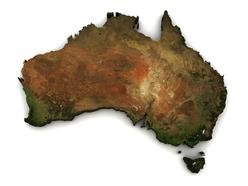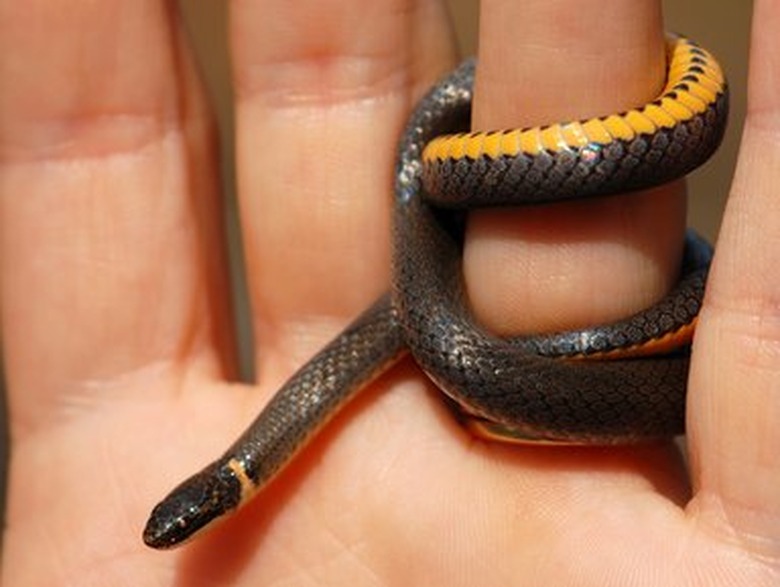Introduction
Australia is well known for its distinct wild animals, consisting of a varied range of venomous serpents. These creatures, while typically been afraid, play essential functions in maintaining environmental equilibrium. Recognizing the conservation of Australia's venomous serpents and the function that education and understanding play can greatly boost our conjunction with these interesting reptiles. This article discovers numerous facets of snake conservation, the relevance of public education, and practical first aid steps for snake bites.

Conservation of Australia's Venomous Snakes: The Function of Education And Learning and Awareness
In Australia, snakes are an essential part of the environment, regulating insect populations and contributing to biodiversity. However, many varieties encounter hazards due to environment loss, climate modification, and human task. The conservation initiatives targeted at shielding these reptiles hinge substantially on education and learning and raising recognition among the general public.
By notifying individuals about serpent habits, their ecological relevance, and risk-free techniques for cohabiting with them, we can reduce fear-driven actions that result in unneeded killings or injuries. Educational initiatives assistance dispel myths surrounding snakes-- such as the typical inquiry: are tiger snakes venomous?-- and urge respect for their duty in nature.
The Importance of Understanding Programs
Awareness programs are necessary in transforming public assumptions concerning serpents. Lots of individuals see these reptiles as inherently unsafe without recognizing their eco-friendly roles. Public outreach efforts can consist of workshops, community occasions, school programs, and information projects developed to educate individuals regarding:
- Identification of poisonous species: Understanding which snakes are dangerous aids individuals prevent encounters. Safe behaviors: Teaching people just how to act around snakes can protect against bites. First aid knowledge: In instances where attacks do occur, being educated concerning first aid for serpent attacks can save lives.
By increasing recognition with structured education and learning efforts, we can cultivate a society that appreciates wild animals and concentrates on conjunction rather than fear.


Types of Venomous Snakes Established In Australia
Australia is home to some of the globe's most poisonous snakes. Here's a short review:
Tiger Serpent (Notechis scutatus)- Commonly discovered in coastal regions. Known for its potent neurotoxic venom. Frequently seen near water bodies.
- Highly hostile with powerful venom. Responsible for even more snakebite deaths than any type of various other varieties in Australia.
- Known for its ambush hunting style. Has swift striking speed with very neurotoxic venom.
- One of Australia's biggest venomous snakes. Its bite can provide large amounts of neurotoxin.
- Generally non-aggressive yet still has unsafe venom. Found mainly along the southwestern coast.
Understanding Their Habitats
Understanding tiger serpent environment is vital for both preservation initiatives and public security. Tiger serpents flourish in locations close to water sources such as swamps, lakes, and marshes however they also live in seaside areas. Protecting these environments is crucial for ensuring the survival of not only tiger serpents but additionally various other wildlife within these ecosystems.
Habitat Defense Initiatives
Various organizations function towards environment security with efforts such as:
- Establishing secured areas Restoring deteriorated habitats Promoting sustainable land usage practices
These determines not just benefit tiger snakes however contribute to general biodiversity conservation.
The Duty of Research study in Preservation Efforts
Research plays a pivotal function in recognizing serpent populations and their health status. Ongoing studies into the ecology and actions of Australian snakes inform preservation approaches by offering information on population numbers, reproducing patterns, and threats dealt with by different species.
Key Research study Locations Include:
- Venom analysis Population dynamics Habitat preferences
This study can direct effective monitoring strategies to shield prone species while helping with coexistence with humans.
First Aid for Snake Bites: Important Knowledge
One important aspect that links with education and learning is knowing what to do in case one struggles with a serpent bite-- a circumstance that requires prompt response skills.
What Every Emergency treatment Kit Must Contain
A correct snake bite snake bite first aid first aid package should include:
- Compression bandages Sterile gauze pads Antiseptic wipes A splint or immobilization device Emergency contact numbers
Step-by-Step First Aid Therapy for Snake Bite
Remain tranquility; attempt to limit activity as it may spread venom quickly. Apply a compression bandage over the bite website without removing circulation. Keep the bitten limb debilitated at or below heart level. Seek emergency situation clinical help immediately.Why Education on First Aid Is Crucial
Educating communities about emergency treatment measures makes certain prompt reactions during emergencies which can dramatically reduce morbidity related to serpent bites throughout Australia.
Frequently Asked Concerns (FAQs)
1. Are tiger serpents venomous?
Yes! Tiger serpents are extremely venomous with neurotoxic effects that make timely medical treatment crucial after a bite.
2. What must I do if bitten by a child tiger snake?
Follow requirement first aid procedures immediately-- keep one's cool, debilitate the arm or leg, use pressure above the bite site using a plaster or cloth without restricting blood circulation-- and brown tree snake seek clinical help without delay.
3. Just how common are serpent bites in Australia?
While stats vary year-to-year due to variables Common tree snake bite like weather affecting snake tasks; average reports recommend around 300 cases annually with casualties being relatively uncommon because of better medical responses.
4. Can I treat a snake bite at home?
No! Home therapies such as applying ice or drawing out poison are ineffective; specialist medical focus is required after any kind of believed bite incident.
5. What's one-of-a-kind about eastern brown snakes?
They're understood for their hostile nature combined with powerful venom; they account for many deadly bites in Australia due greatly to their closeness to booming areas!
6. What are some common indicators adhering to a serpent bite?
Symptoms might consist of swelling around the bite area, pain at or near the site; systemic signs can entail nausea or trouble breathing relying on toxic substance type taken in right into bloodstream!
Conclusion
Conservation initiatives surrounding Australian venemous serpents hinge on effective academic techniques that equip areas while cultivating regard towards these often-misunderstood creatures! By enhancing understanding regarding their eco-friendly significance along with proper safety and security methods-- consisting of emergency treatment expertise-- we lead roads toward lasting coexistence profiting both human beings & & wildlife alike!
In essence-- the conversation bordering conservation needs to proceed prospering via positive involvement weding clinical research alongside neighborhood participation ensuring purposeful effect today & & tomorrow!